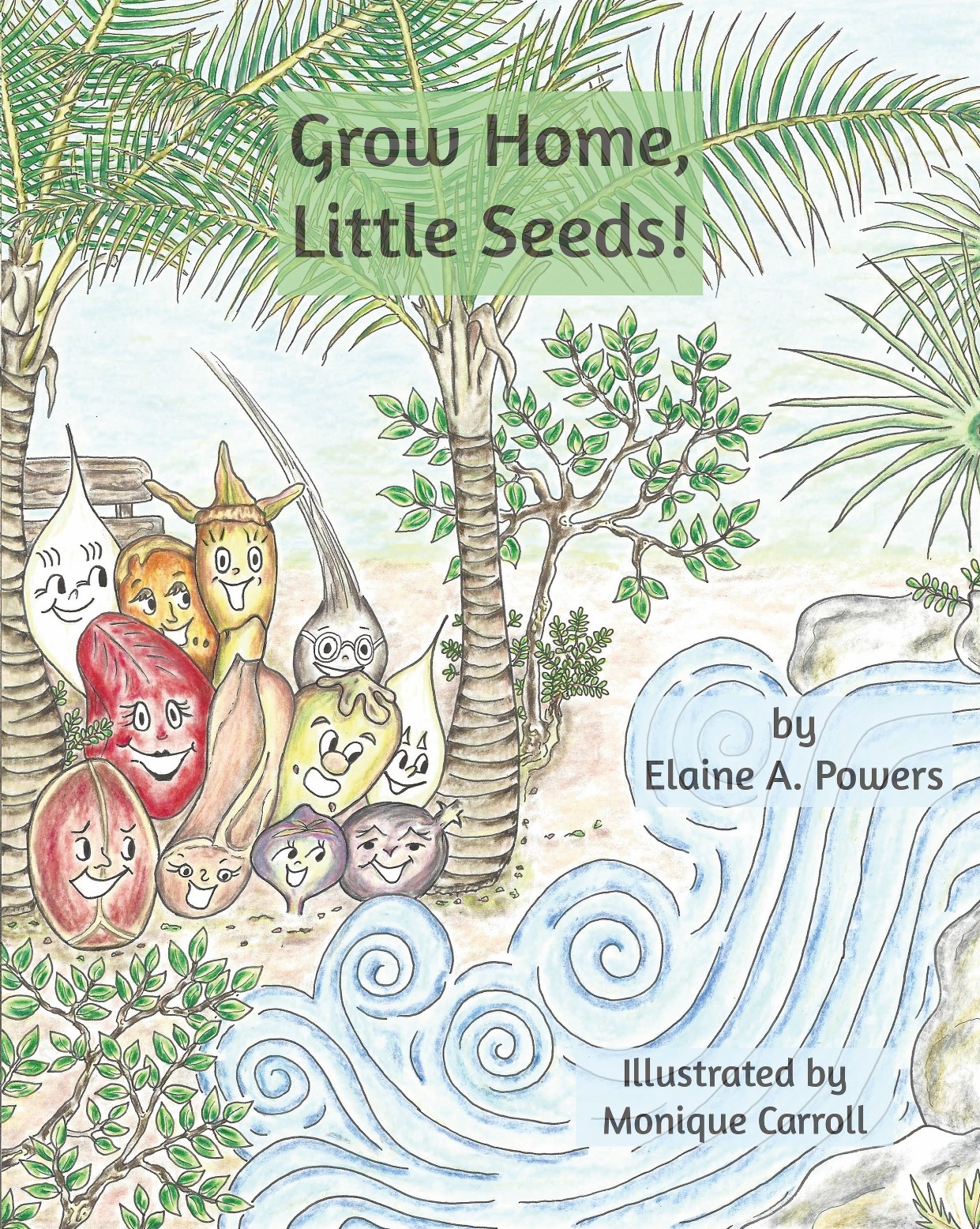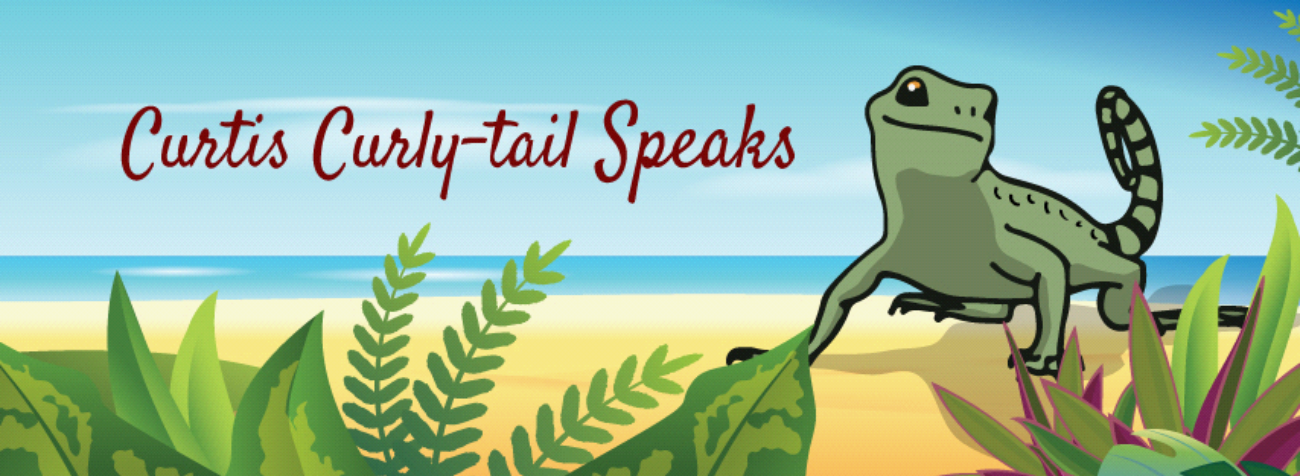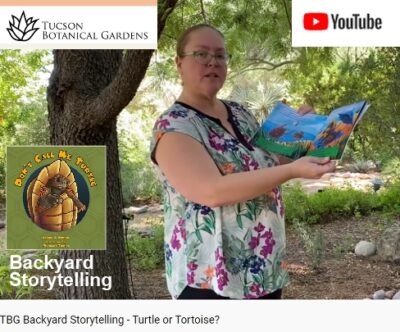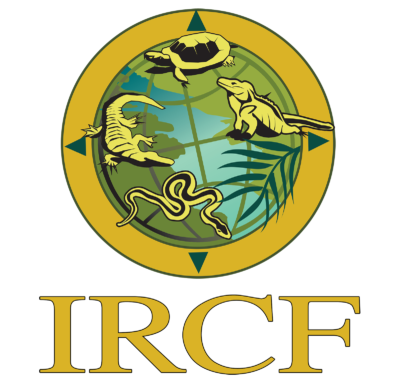The Land Building Tree by Elaine A. Powers, Author
 If you’ve ever visited the ocean’s edge, you may have seen one of my favorite trees, the Red Mangrove, Rhizophora mangle. Red Mangroves are remarkable plants, able to live in salt water, thriving along the edge of the ocean. A Red Mangrove has prop-roots that extend down from its trunk to anchor the tree in the shifting sediment; the roots also are used to breathe air.
If you’ve ever visited the ocean’s edge, you may have seen one of my favorite trees, the Red Mangrove, Rhizophora mangle. Red Mangroves are remarkable plants, able to live in salt water, thriving along the edge of the ocean. A Red Mangrove has prop-roots that extend down from its trunk to anchor the tree in the shifting sediment; the roots also are used to breathe air.
Fallen leaves and the prop-root structure encourage the buildup of sediment. Red Mangrove wood is unusually dense, so when a tree dies, the trunk sinks in water. The green leaves are darker on top than on the underside. Pink flowers appear in the spring. The trees have both sexes and are capable of self- or wind-pollination. A Red Mangrove produces a propagule, an elongated seed pod that lodges in sediment, sprouts roots, and grows into a new tree. The propagule can float in brackish water for over a year before rooting.
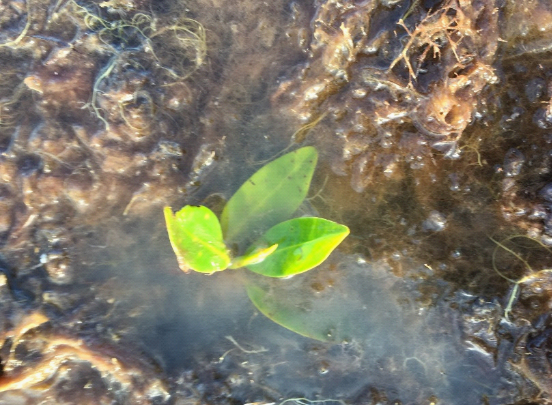
So what does this process look like?
A mangrove seed came to rest offshore on a beach in Fort Myers, FL. The seed sprouted out in the water in the sediment which is still being moved by the waves.
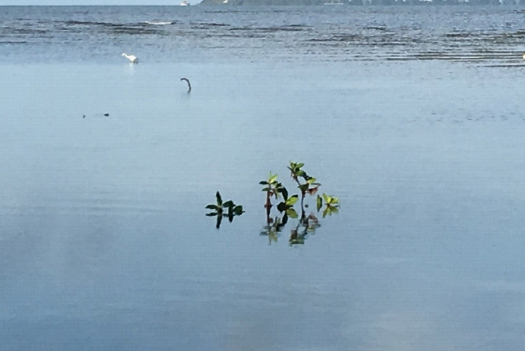
The tree continues to grow, adding more branches and leaves that rise above the surface of the water.
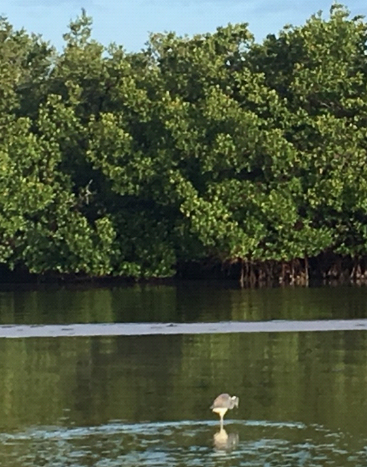
Eventually, this one seed may grow into a dense group of red mangroves which will then provide habitat for other plants.
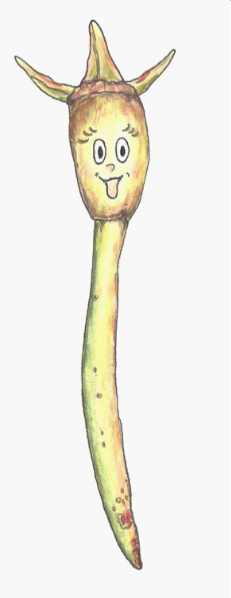 If you want to read an adventure story featuring a Red Mangrove, check out Cerise in my story called Grow Home, Little Seeds. A bundle of seeds have grown up together and want to remain close as they head out into the world. But Nature carries them to their own perfect environments to establish roots and grow into the magnificent trees they are each meant to be. They are not far from each other, however, and remain fast forest friends.
If you want to read an adventure story featuring a Red Mangrove, check out Cerise in my story called Grow Home, Little Seeds. A bundle of seeds have grown up together and want to remain close as they head out into the world. But Nature carries them to their own perfect environments to establish roots and grow into the magnificent trees they are each meant to be. They are not far from each other, however, and remain fast forest friends.
Learn about the following trees while sharing their seed-adventures with your favorite little one: the Black Mangrove, the Bromeliad, the Christmas Orchid, the Gumbo Limbo tree, the Lignum Vitae, the Mahogany, the Poisonwood, the Red Mangrove, the Sea Grape, the Shell Orchid, and the Silver Thatch Palm.
To learn about our latest science-based children’s books and workbooks, to read our latest blog posts about reptiles, birds, cats, and gardening, in a variety of locations, and about how the books come to be, what inspires an author to write, and many more interesting aspects of the publishing business, fill in the box below and we will add you to our email list.
Thank you!
